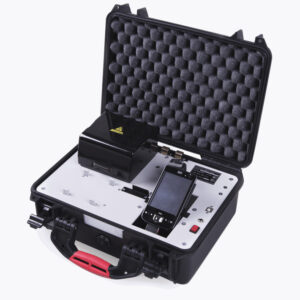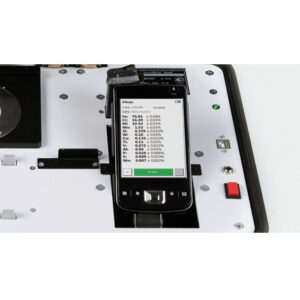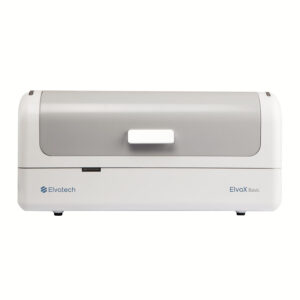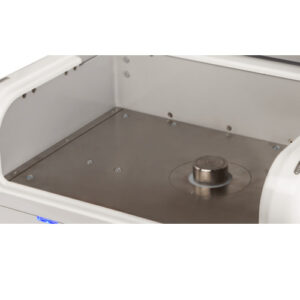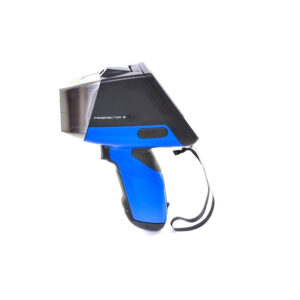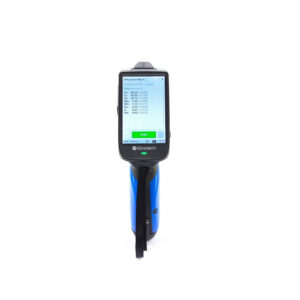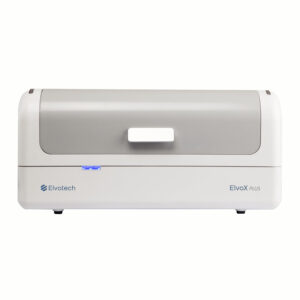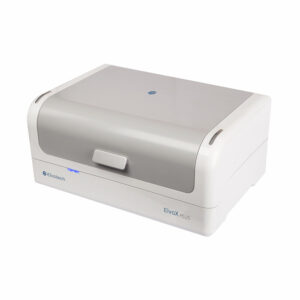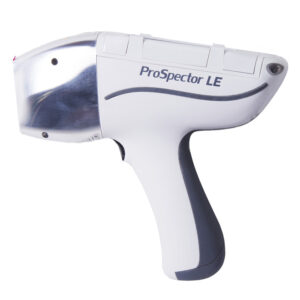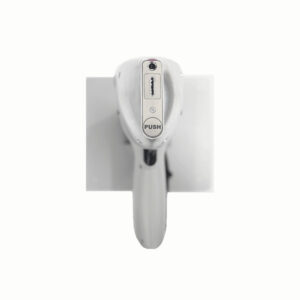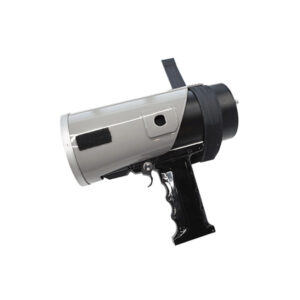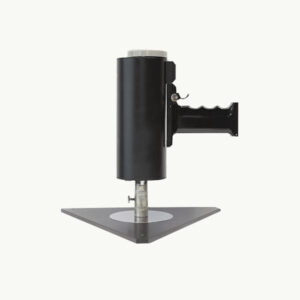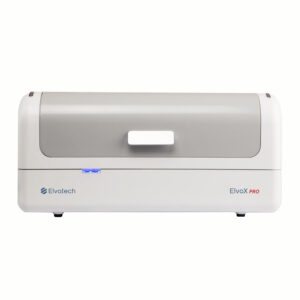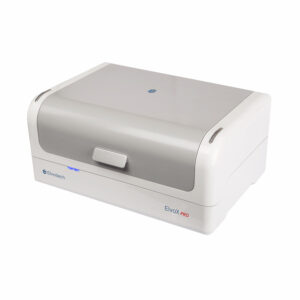X-ray Analytical Microscope (Micro-XRF)
The Model is an X-ray Fluorescence Analytical Microscope, which provides non-destructive elemental analysis of materials.
+ Incident X-ray beam is guided towards the sample placed on the mortorized stage.
+ X-ray fluorescence spectrum and transmission
+ X-ray intensity are recorded at each point.
+ Information available: Qualitative & quantitative elemental analysis/Mapping/Hyperspectral imaging.
- Description
- Additional information
Description
HIGHLIGHTS
Simultaneous imaging of fluorescent X-rays and transmission X-rays
Clear and flexible optical image
| + Instrument | X-ray fluorescence analytical microscope |
| + Sample type | Solids, Liquids, Particles |
| + Detectable elements | C* – Am *with optional light elements detector (F – Am with standard detector) |
| + Optical observation | Two high resolution cameras with objective lens |
| + Optical design | Vertical-Coaxial X-ray and Optical observation |
| + Sample illumination/observation | Top, Bottom, Side illuminations/Bright and Dark fields |
| + Available chamber size | 450(W) x 500(D) x 80(H) |
| + Maximum sample size | 300(W) x 250(D) x 80(H) |
| + Maximum mass of sample | 1 kg |
| X-ray tube | |
| + Power | 50 W |
| + Target material | Rh |
| X-ray optics | |
| + Number of probes | Up to 4 |
| + Primary X-ray filters for spectrum optimization | 5 positions |
| Detectors | |
| + X-ray Fluorescence detector | Silicon Drift Detector (SDD) |
| + Transmission detector | NaI(Tl) |
| Mapping analysis | |
| + Mapping area | 100 mm x 100 mm |
| + Step size | 2 mm |
| Operating mode | |
| + Sample environment | Full vacuum / Partial vacuum / Ambient condition / He purged condition(Optional) |
| Multi-probes including most advanced 15 µm ultra high intensity | |
| Wide detectable element range: from carbon to americium | |
| Multiple measurement environments for your analysis |
| Voltage | Up to 50 kV |
| Current | Up to 1 mA |
Battery: Foreign particle analysis on separator film
The model can detect and determine the composition of foreign particles, and therefore track the source of contamination.
The particle detection function within the model makes it possible to count the number of particles, characterize particle sizes, and get the coordinate position of particles to re-analyze them in detail.
Pharmaceutical: Quality control, Foreign matter analysis
Quality control is a key aspect in the pharmaceutical industry.
With the partial vacuum mode, a full blister pack can be imaged.
Semiconductor: Coating thickness measurement
The combination of micro-probe and thickness calculation function makes the model useful for semiconductor applications such as thickness measurement of narrow patterns on a wafer and coating on a small electronics.
Electronics: Failure analysis, RoHS testing
Simultaneous imaging of transmission X-rays and fluorescent X-rays is effective to find defects inside electronic components. The model is also an effective screening tool for RoHS testing. It can perform elemental mapping to find suspicious components on a complex sample, and analyze them to obtain the concentration of the elements regulated through RoHS.
Material Science: Surface analysis of corrosion/contamination
Elemental distribution is crucial for material science. The XGT-9000 Series provides this information non-destructively. Unlike SEM-EDS, it can analyze non-conductive samples without carbon or metal coating treatment. With the light elements detector, it is used for instances in corrosion studies.
Geoscience/Mineralogy: Elemental composition identification
The XGT-9000 Series can be equipped with various probes and spot sizes providing comprehensive and detailed understanding of geological and mineral samples.
Food: Foreign matter analysis
Morphological, elemental & X-ray transmission inspection with the XGT-9000 Series Series helps food companies to identify the type of foreign substances and the root cause of such contamination in the food products.
Forensic: Trace evidence identification, Fake product identification
The XGT-9000 Series can be used for identification of trace evidences such as collected gunshot residues, glass fragments, and fibers with sizes even down to tens of micron. It can also be used for fake product identification.
Biology: Metabolism investigation
Elemental distribution is important to understand metabolism in biological samples. Biological samples contain water or gas and therefore cannot be measured in a full vacuum environment because they will be significantly affected or damaged. The unique partial vacuum mode or He-purge mode with the model enables analysis of biological samples without compromising sensitivity to the light elements
Archaeology: Origin investigation
Elemental analysis of archeological samples helps to determine when and where they were made.
One touch sample holder
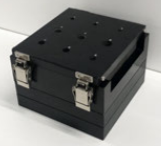
Sample tray (WR type)
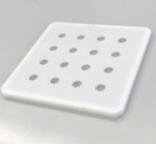
Wafer holder
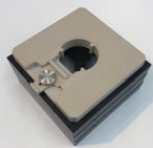
Transfer vessel
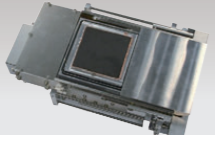
The software covers all basic measurements such as single spot analysis, multiple spot analysis, line analysis, and map imaging. Apart from the standard software functions, advanced modules can be added to the software suite to provide more comprehensive user experiences.
+ Multilayer FPM module for thickness measurement with/without standards
+ RoHS module for RoHS screening
+ Queue module for automated multiple measurements in unattended mode
+ Particle Finding module for particle analysis and co-localized analysis
+ LabSpec Link module for data transfer to LabSpec 6 for multivariate analysis
Additional information
| Origin | Japan |
|---|---|
| Type | Semiautomatic |


